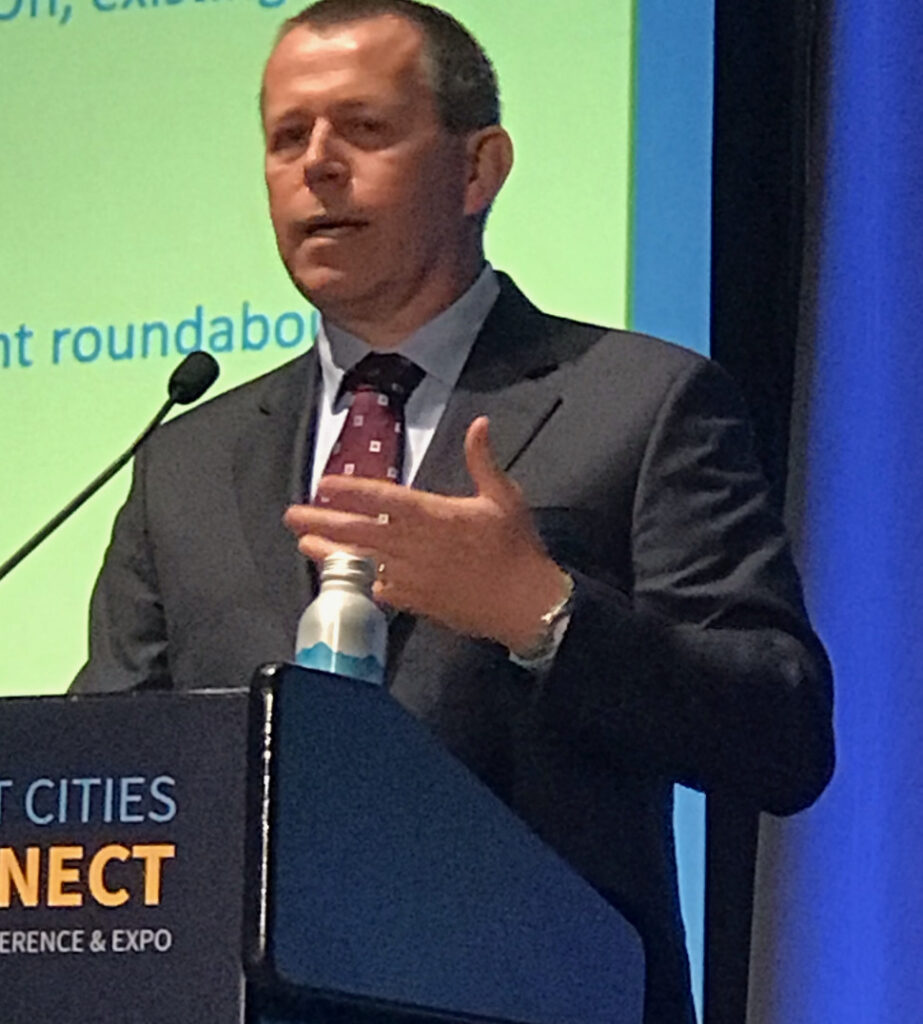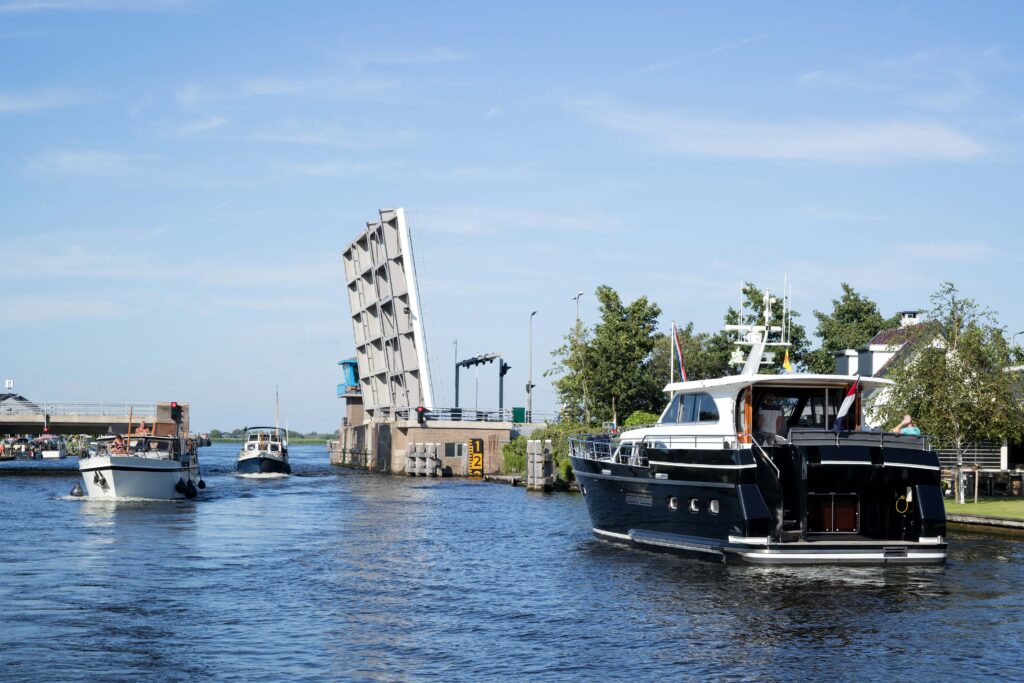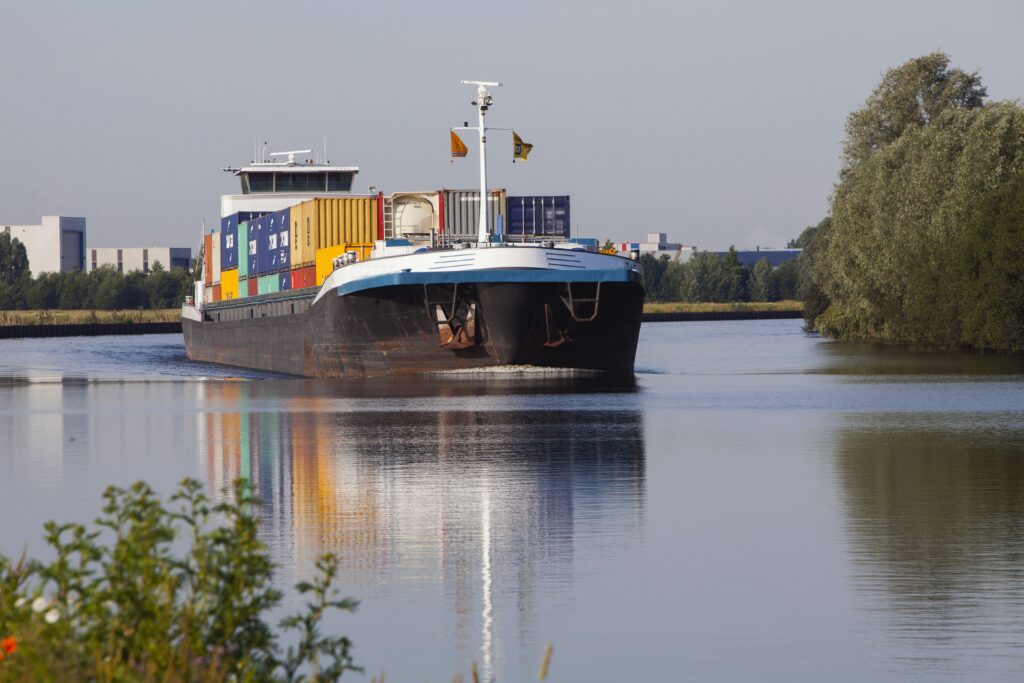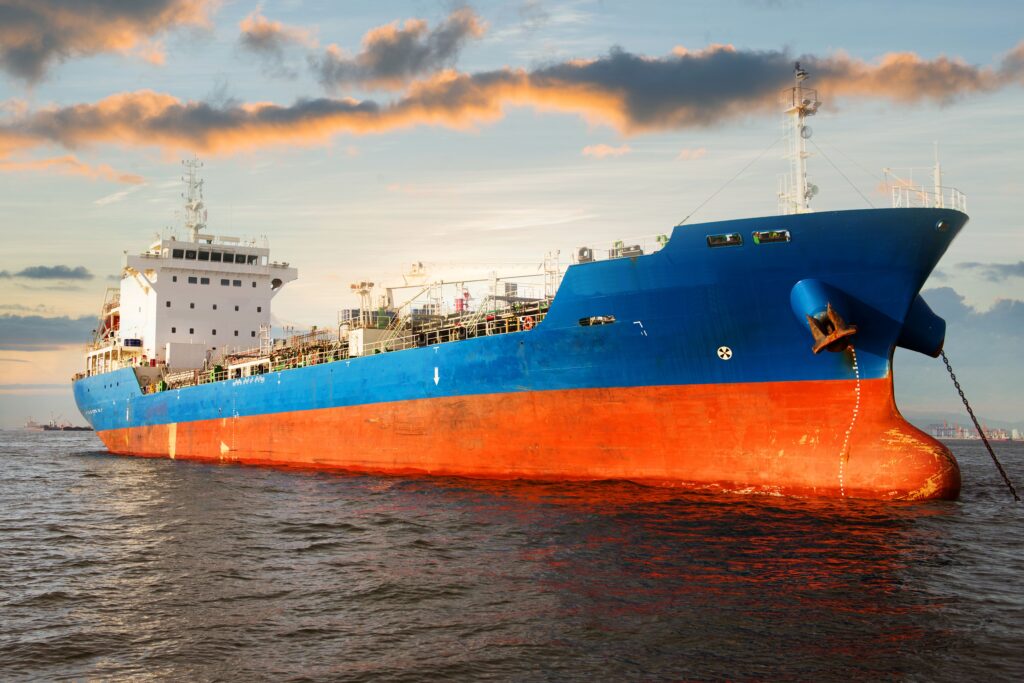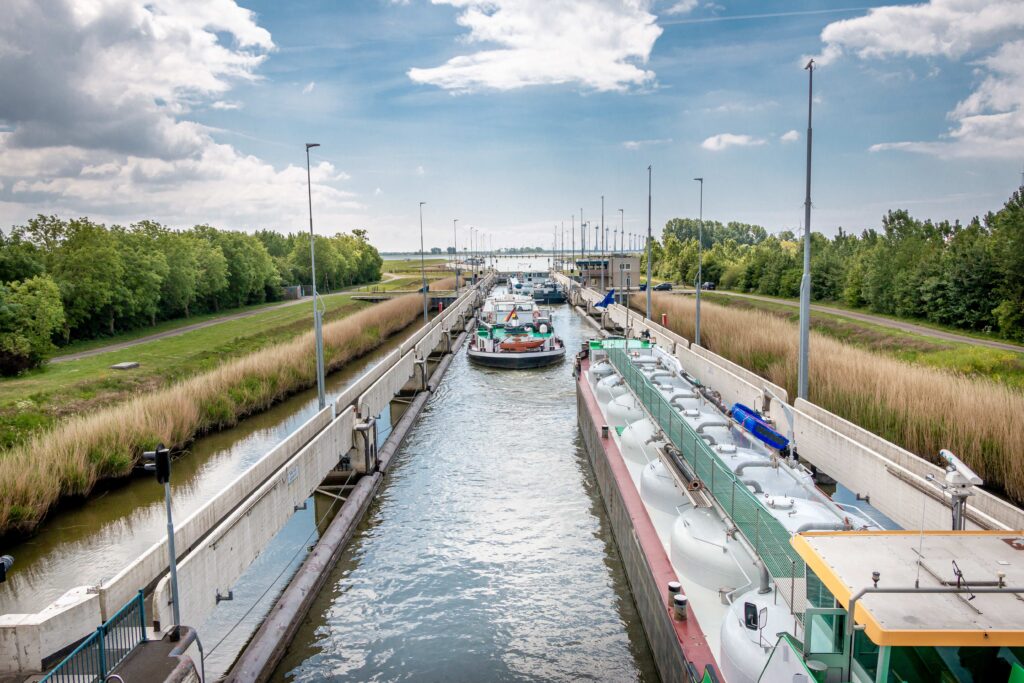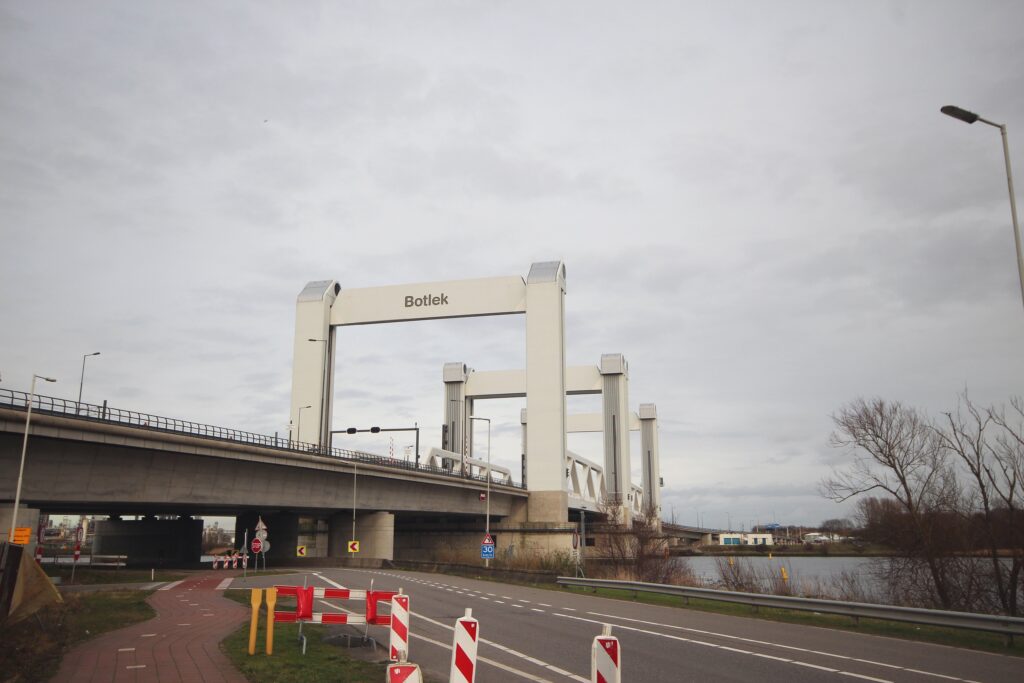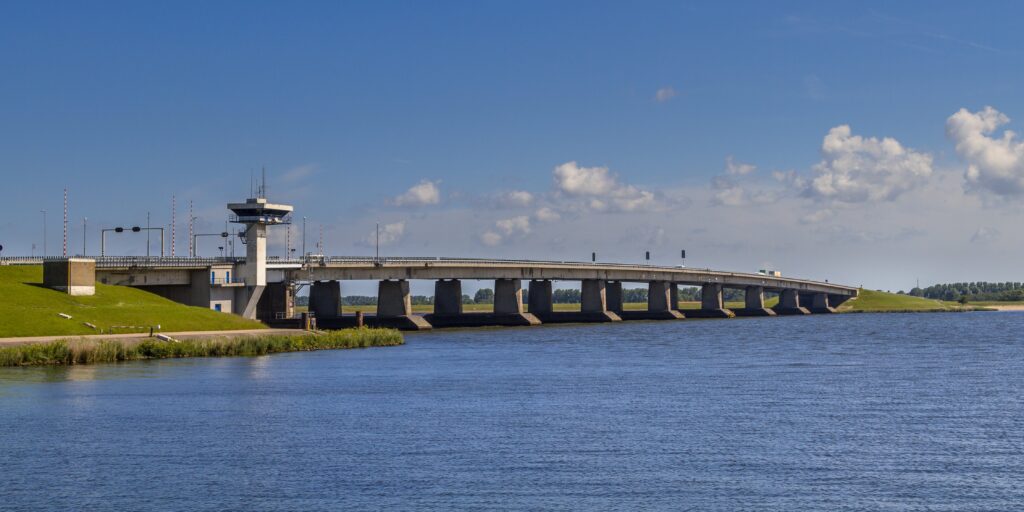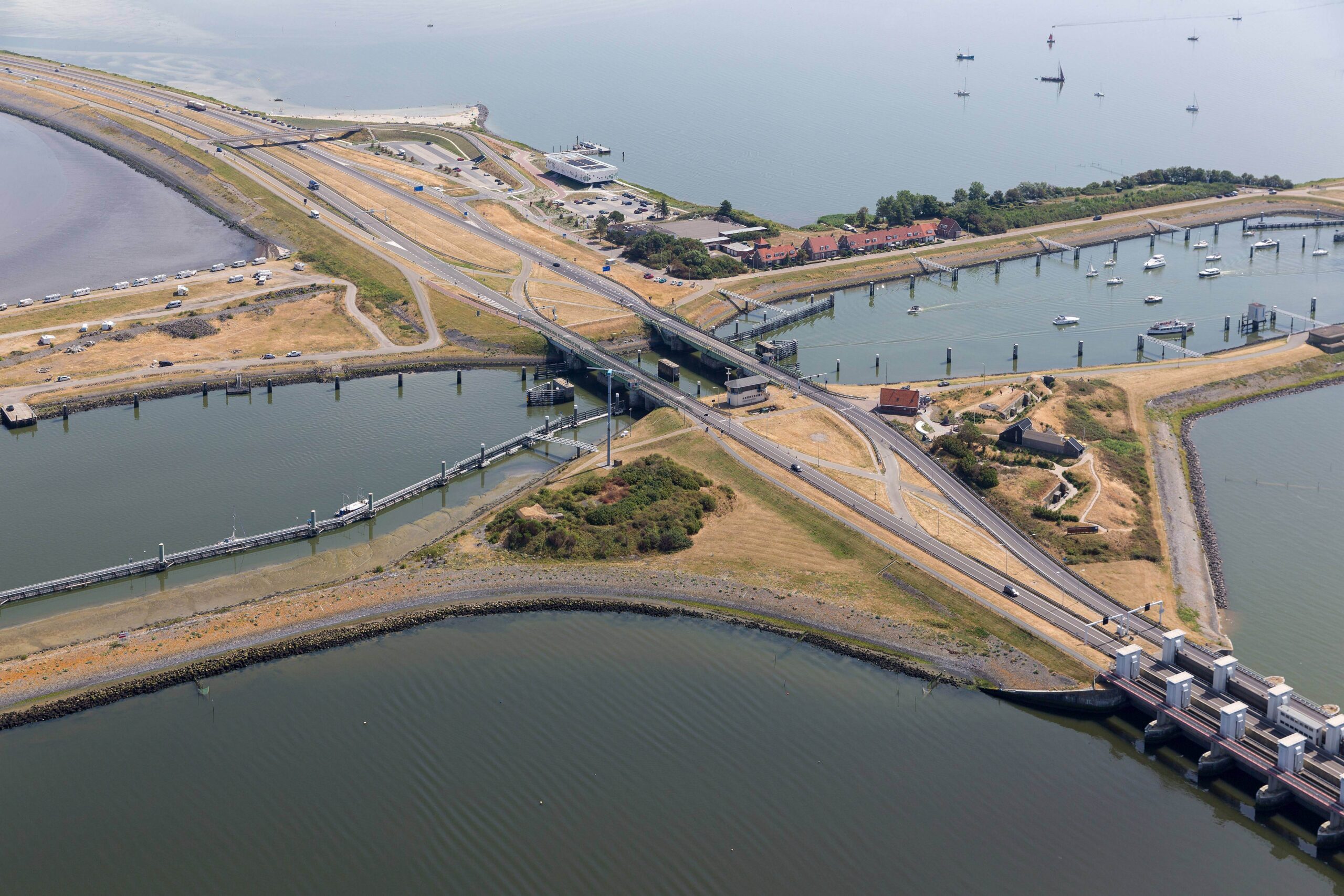
Vessel traffic management
Innovative solutions for vessel traffic management
The Netherlands came from water and still depends on water. Industry, transport, recreation – all these sectors intensively use thousands of kilometers of waterways in and around the cities and throughout the provinces. The waterways are used so intensively that shipping and vessel traffic management will demand more and more attention from road network management during the upcoming years.
A third of freight traffic in the Netherlands occurs via the inland waterway transport. A proper flow for inland waterway transport is thus crucial to the economy, both regionally speaking as well as nationally and internationally. However, not only commercial shipping requires a smooth passage on inland waterways. Recreational vessel traffic, with its own economic impact and character, has its own demands. Together we will develop innovative solutions to handle all these demands. For example: systems that reduce valuable waiting time for ships at bridges and locks or help find a berth faster at the end of the day. Systems that better distribute vessel traffic as a whole across waterway corridors and the available travel times. We have developed a series of effective solutions for vessel traffic and can offer you therefore a unique experience and access to our expertise in this specific field of interest.
Stimulation through smart systems
Transportation by ship is reliable and environmentally friendly. If you want to boost and promote it, it is crucial to inform, guide and order vessel traffic. Reducing waiting and waiting times at bridges and locks is an important aspect. This involves various interests. Having to wait and the long travel times cost skippers time and money. Approaching a closed bridge or full lock too fast results in unnecessary fuel consumption. But an open bridge can obstruct road traffic. TNL has developed various applications for these issues. A couple of examples:
- Blauwe Golf Verbindend (BGV) is a system that advises ships on the opening of bridges and locks. Skippers receive information about pending openings and adjust their speed accordingly. This results in a better flow and less waiting.
- The BMS (bridge management system) informs the bridge and lock operators about ships that are heading towards their object. The moment of opening the bridges and locks in your area can thus be planned optimally.
- The Trajectplanner (Route Planner) assists skippers to optimize the planning of their routes and traveling speed in direct coordination with the waterway managers, who, in turn, can optimize the use of scarce bridge and lock capacity. By using Trajectplanner, any delays and undesirable waiting time is prevented as much as possible.
- In addition to the aforementioned systems, we have developed various supporting applications for vessel traffic. For instance: BICS, the national information system for travel and loading data concerning ships. Another crucial application is the Fairway Information Services (FIS): the central dashboard for vessel traffic which collects waterway information obtained from many different applications. We offer maintenance for these applications and continue to develop them for our customers. This is also applies to our own products. In addition to our existing applications, we are happy to support you in any new solutions that answer any challenges you might encounter.
Coordination with other modes
In a small country like the Netherlands, shipping and road traffic often come into contact. The mutual coordination between the different modes is a great challenge which requires smart solutions. TNL will gladly support you with expert advice about the integration of different data streams and traffic centers in order to ease the adjustment between vessel traffic, road traffic, and, in the future, trains.
Related solutions and projects
Let’s talk about your project
and find out how we can help you
